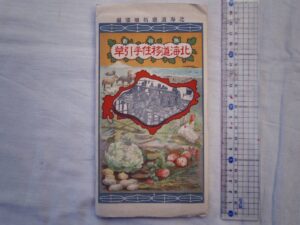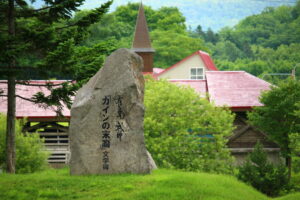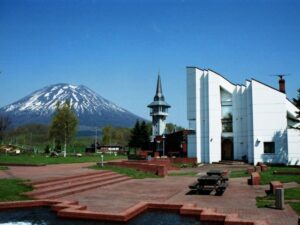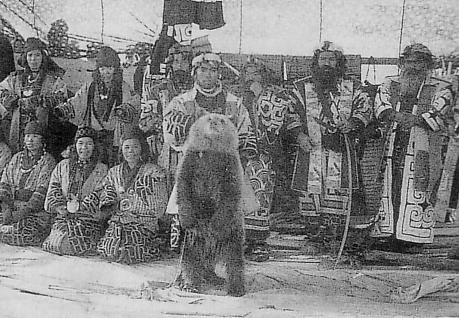This week, we’re talking about Hokkaido in the early 20th century, and in particular the stark problems created by the island’s rapid colonization: its badly unequal economy and the question of what role the Ainu were now to play in their own homeland.
Sources
Konishi, Sho. “Ordinary Farmers Living Anarchist Time: Arishima Cooperative Farm in Hokkaido, 1922-1935.” Modern Asian Studies 47, No 6 (Nov, 2013)
Howell, David L. “Making ‘Useful Citizens’ of Ainu Subjects in Early Twentieth-Century Japan.” Journal of Asian Studies 63, No 1 (Feb., 2004).
Wakukawa, Seiyei. “Japanese Farm Tenancy.” Far Eastern Survey 14, No 25 (Dec, 1945).
Kojima, Reikichi and Edwin G. Beal, Jr. “The Population of the Prefectures and Cities of Japan in Most Recent Times.” Far Eastern Quarterly 3, No 4 (August 1944).
“Agriculture in Hokkaido, Second Edition.” Produced by the Laboratory of Crops Science, Research Faculty of Agriculture, Hokkaido University
A digitized copy of one of the Hokkaido Iju Tebikigusa (Handbook for Immigrants to Hokkaido) available here from the National Diet Library’s digital collection.
Images





I noticed in part I you had the Meiji era depiction of the iomante ceremony. What would have been the difference been the more traditional ceremony and what has become a tourist attraction?